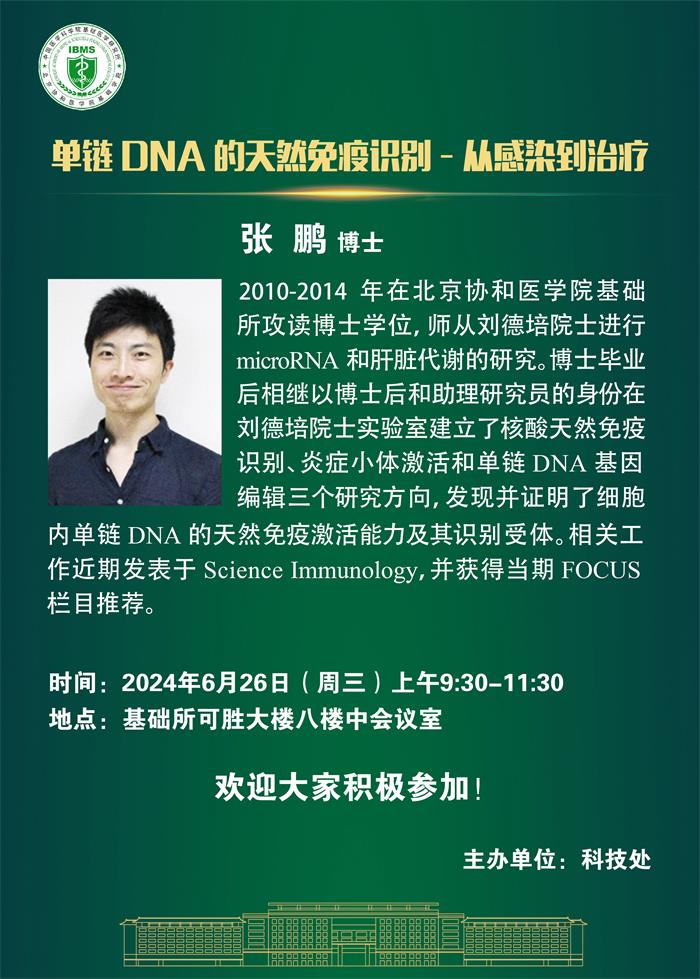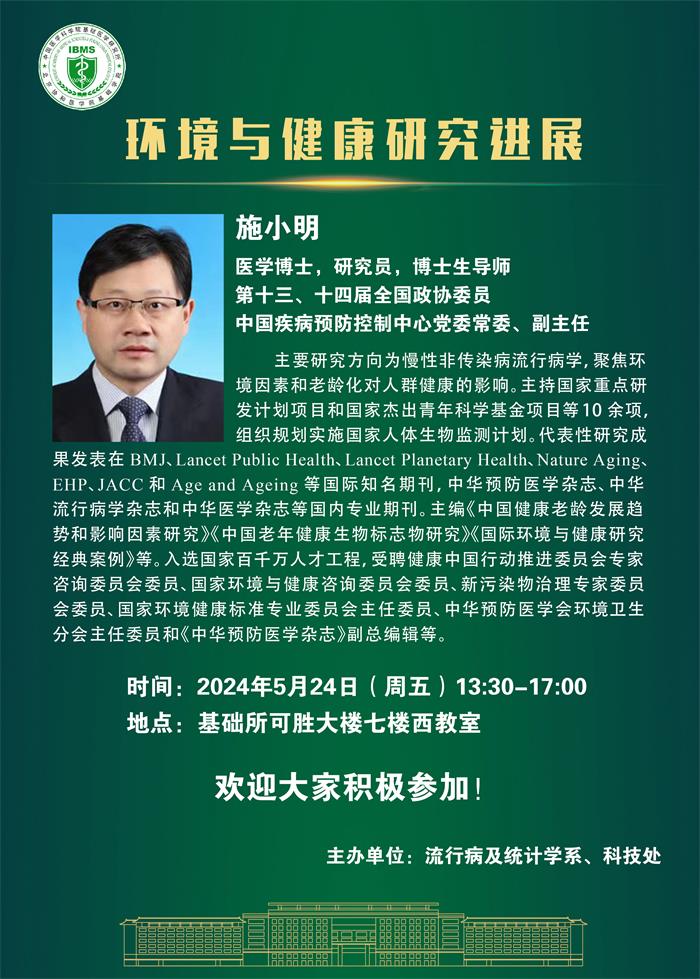Genome-wide analysis of pseudogenes reveals HBBP1's human-specific essentiality in erythropoiesis and implication in β-thalassemia
Yanni Ma 1, Siqi Liu 2, Jie Gao 3, Chunyan Chen 4, Xin Zhang 5, Hao Yuan 4, Zhongyang Chen 2, Xiaolin Yin 6, Chenguang Sun 2, Yanan Mao 4, Fanqi Zhou 2, Yi Shao 4, Qian Liu 7, Jiayue Xu 2, Li Cheng 8, Daqi Yu 4, Pingping Li 6, Ping Yi 9, Jiahuan He 2, Guangfeng Geng 3, Qing Guo 3, Yanmin Si 2, Hualu Zhao 2, Haipeng Li 10, Graham L Banes 11, He Liu 12, Yukio Nakamura 13, Ryo Kurita 14, Yue Huang 8, Xiaoshuang Wang 2, Fang Wang 2, Gang Fang 15, James Douglas Engel 16, Lihong Shi 17, Yong E Zhang 18, Jia Yu 19
Dev Cell. 2021 Jan 12;S1534-5807(20)31025-X. doi: 10.1016/j.devcel.2020.12.019.
PMID: 33476555
Abstract
The human genome harbors 14,000 duplicated or retroposed pseudogenes. Given their functionality as regulatory RNAs and low conservation, we hypothesized that pseudogenes could shape human-specific phenotypes. To test this, we performed co-expression analyses and found that pseudogene exhibited tissue-specific expression, especially in the bone marrow. By incorporating genetic data, we identified a bone-marrow-specific duplicated pseudogene, HBBP1 (η-globin), which has been implicated in β-thalassemia. Extensive functional assays demonstrated that HBBP1 is essential for erythropoiesis by binding the RNA-binding protein (RBP), HNRNPA1, to upregulate TAL1, a key regulator of erythropoiesis. The HBBP1/TAL1 interaction contributes to a milder symptom in β-thalassemia patients. Comparative studies further indicated that the HBBP1/TAL1 interaction is human-specific. Genome-wide analyses showed that duplicated pseudogenes are often bound by RBPs and less commonly bound by microRNAs compared with retropseudogenes. Taken together, we not only demonstrate that pseudogenes can drive human evolution but also provide insights on their functional landscapes.





